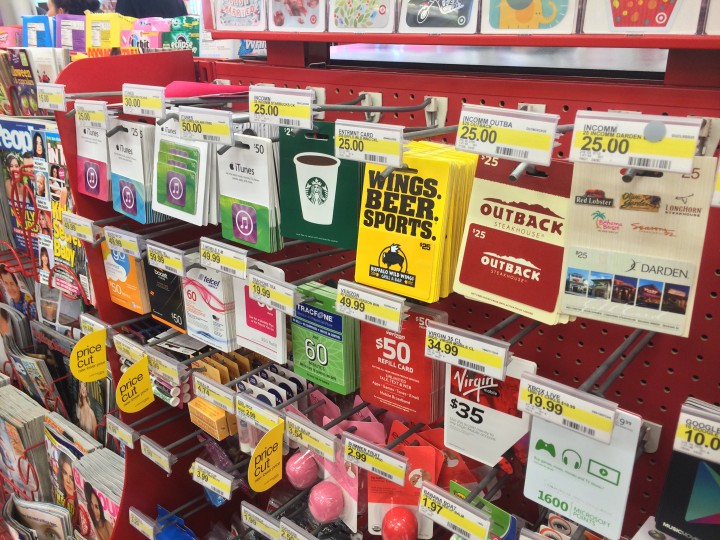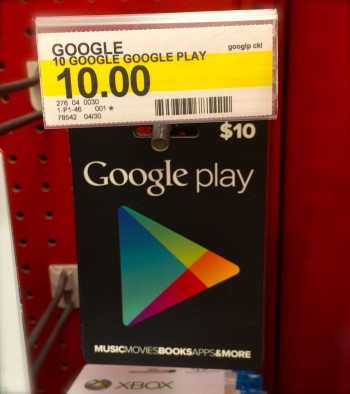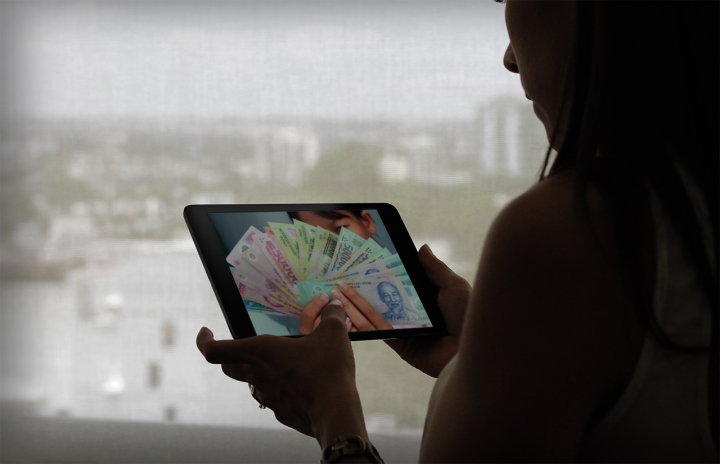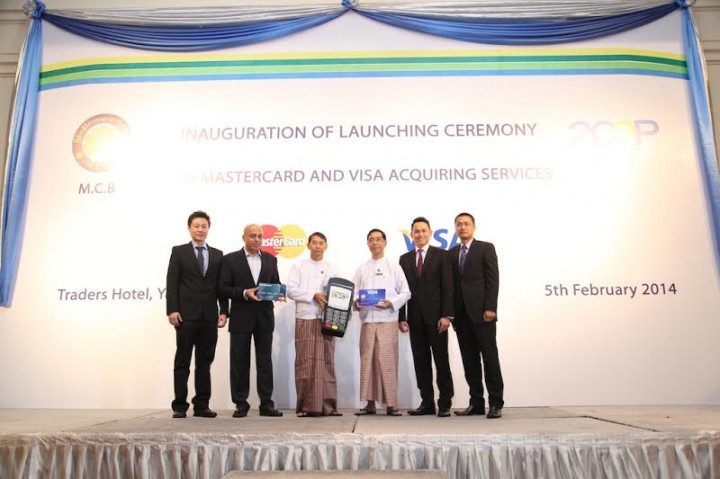Nicholas Altstadt is a freelance journalist based in Southeast Asia and a regular contributor to local news and reviews website Coconuts Bangkok.
Bank-tech whiz Aung Kyaw Moe is upping his game in Southeast Asia in a major way at the helm of his 2C2P.com payment processing solutions company with the launch of 123, an alternative payment system that potentially will allow millions of credit and debit card-less internet users start buying stuff online.
What will these newly-initiated web shoppers be able to buy without the almighty charge card? Well, anything and everything, Aung says.
The 123 system is a platform that connects merchants to payment channels inside Thailand, which will allow “unbanked” customers to make cash purchases at tens of thousands of locations across the country.
Of the 66 million living in Thailand, about half have bank accounts, Aung said, adding that only about 10 percent have credit cards and 15 percent have debit cards. He added:

Aung Kyaw Moe
This is a huge population that doesn’t have access to credit or debit cards. Everybody wants to participate in e-commerce thanks to daily deals websites and budget airlines who have services online, so we think we can definitely serve the population currently not participating in e-commerce.
“Technically this is not rocket science at all, it’s a very straightforward process,” the modest Aung told me in his office in central Bangkok.
The system is quite simple for shoppers: Make a purchase online, select the 123 payment method and a slip will be generated with a barcode which you can either print out, or make note of the reference code number. Armed with the barcode and/or number, the customer can make a cash payment at any participating payment channel. Aung explains:
We are making this as comprehensive as possible, so we are connected to every single payment channel available in Thailand. For example, you can now pay at the nearest 7-Eleven, Tesco Lotus, and all of the leading banks’ ATMs.
And for those living in areas where the ubiquitous 7-Eleven has yet to penetrate? Post offices will also be accepting payments.
From small beginnings
Burma-native Aung, an award-winning programmer, began his entrepreneurial career as SinaptIQ, from a 20 square meter windowless office in Bangkok with a vague idea to write cell phone games and sell them. Unable to support his wife and young son, they moved to Chiang Mai as he stayed on in Bangkok.
He was determined, he said, to be able to afford to send his son to an international school – and he knew his salaried job as a programmer would never allow for that.
After a chance meeting with Thai bank officials looking to comply with the then-new 3D secure protocol requirements of major credit/debit cards, Aung was able to impress by creating a software product in six weeks that “sits on top of the payment gateway,” as he said, allowing for secure transactions.
“I wrote my program and sold it… and I survived. Now 85 percent of banks in Thailand use this software,” he said with a chuckle.
Banks issuing debit or credit cards must use 3D Secure software to protect cardholders from fraud. The access control server (ACS) software, as it’s called, “sits” on the bank server, prompting cardholders to enter a password when they make online purchases.
It was this exposure and trust-building that has allowed Aung to use his “simple” technology in this new, innovative way.
“For the past one-and-a-half years, we have had to not only convince banks to sign the payment agreement with us, but also to do real-time confirmation with us,” he said.
Real-time confirmation means that as soon as a customer makes a payment, 123 will be notified by the bank immediately and will then notify the merchant in real-time to avoid inventory hang-ups.
Instead of inventing something very technically creative or difficult, what we are trying to do is make use of our financial industry know-how to connect to each and every bank, communicate in every way they want to receive, because every bank wants to communicate in their own little ways. For example some banks they have their own proprietary APIs, so we need to adapt to their API to connect to them. Some banks will have their own international standard format, so we also need to communicate in that. Because of our background we could do that to talk to every single bank in the way they want us to talk to them.
If any other organization wants to replicate what we are doing right now, they would have to sign 15 different contracts and do 15 different technical integrations, and that would be a nightmare. We are offering a one-stop service, so if someone wants to connect to us, they have access to 15 different organizations already integrated with real-time confirmation – that’s 20,000 locations not including banks.
Some of the banks have not yet signed real-time agreements as internal policy prevents them from granting such access to a third party, he said.
2C2P aims to attract merchants to the 123 system with its package deal offering access to the various payment channels and touting a no-setup-fee – the company charges a transaction fee similar to that of major credit cards, Aung said.
To bigger ambitions
The company also hopes to attract merchants outside of Thailand looking to tap into the Thai customer base – budget airlines for example.
And for the rest of Southeast Asia? The unassuming Aung is already busy, saying:
Our ambition is to replicate whatever we are doing here to all the Southeast Asian nations, so we want to be the leader of payment processing [in the region] – that’s our aim for the next three to five years.
2C2P has five operating companies across Southeast Asia in Thailand, Singapore, Indonesia, Cambodia, and the Philippines offering various services, among them alternative payment solutions. Three more offices are on the way in Burma, Vietnam, and Malaysia.
If you look across Southeast Asia, Thailand is the most advanced in this type of payment method. Countries like Cambodia, Indonesia, Myanmar and Vietnam aren’t anywhere close to this type of service – their banks aren’t even offering bill payment services from ATMs – so we may have to invent a completely new method, a new mechanism to accept cash.
Our alternative payment method doesn’t really need e-commerce or an Internet connection – if you live in a small village and want to fly to Bangkok for a visit, you could call the airline’s call center which will give you a code, and you could go to the nearest post office to pay for your ticket.
The post Platform to Allow Millions of ‘Unbanked’ Thais Purchase Online appeared first on Tech in Asia.




















 From a pool of over 1200 companies, the
From a pool of over 1200 companies, the 

 Another piece of good news for Singapore companies,
Another piece of good news for Singapore companies, 










